LI DAN
SAMPLES OF AIR
Where is the Sandstorm Going?
Since ancient times, “collecting folk songs”(采风)has been a means of governance in which the central government sends regular officials to localities to collect ballads, and see the success or failure of policies through what people sing. In Chinese language, the word “Feng(风)” has different meanings: wind, spirit, landscape, ballads, etc. From the left-wing poetry movement of the 1930s to the socialist 50s-80s, literati and artists answered the call to “go to the masses”. This movement attempted to reconcile individual creation with social production and to make artists part of the socialist production mechanism.
We could consider “collecting folk songs” as a system of information feedback mechanisms with aesthetic value, it prioritizes productivity over authorship and originality. At the entrance of the exhibition, Li Dan’s video installation A Poem about Bulbullar documents the journey of a collecting trip, showing the pure moment of the birth of a “work of art”, the moment when boundaries between the identity of the folk artist and the grassroots actors blurred. “Collecting folk songs”, or to say, sampling refers to her mode of working, and the purity of the questions raised by sampling constitutes the object of her work.
In the essay-film Denoise, Li Dan called the time that we live in, which has been monopolized by machine vision, human-computer interfaces and algorithms, a “dry world”. The key, she claims, is to recognize its tactic of creating illusions: to set up the sampling criteria, aiming to distinguish between signals and noises, to remove useless, interfering elements, and, finally, to generate a smooth, coherent and “hyperrealistic” surface without noise (or pixels). By correlating sand, the omnipresent material yet often neglected, with noise in information systems, Li Dan discusses the (racial or political) purification in the physical world at the same level as denoising in the digital world. As if it was revenge for impurity, the sandstorm sweeps over satellite maps which are full of geopolitical tensions and blow into the clean rooms that breed the infrastructure of the digital world; yet underneath the dust, something glittered that can't be hidden, such as sequins on sarees for protection from sandstorms, and unknown starbursts that jump out of the fuzzy maps. In the installation work of the same name, the artist uses a combination of various materials such as digital images, photographic equipment, fabrics and broken computer screens, intended to add some glitches and traces to this smooth virtual world.
The threads of wind, sand and noise continue in her new piece, More Wind, Noise Wind I. The story takes place in a “periphery” area in the process of digitization, where the spatial relationship between people, herds and the desert when the traditional local knowledge is reconfigured by the Navigation Satellite System; at the same time, the sandstorm is still shaping landscapes, covering up the trajectories of growing cities and living things. Noise cannot be eradicated, just as the microchips installed in the bodies of desert animals do not teach them to alter their survival nature. Using a spectral 3D model of a salt flat, the artist represents what she understands to be the noisy form of the landscape in the age of remote sensing, and places the disorienting, poetic and sacred experience that the desert could ever give in it.
Text/ Chen Min

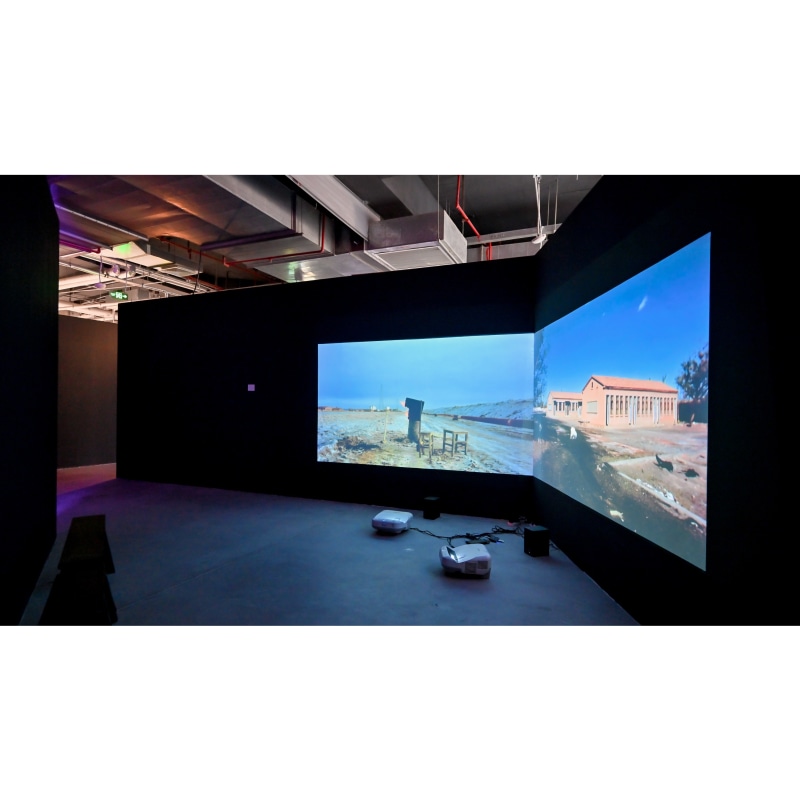
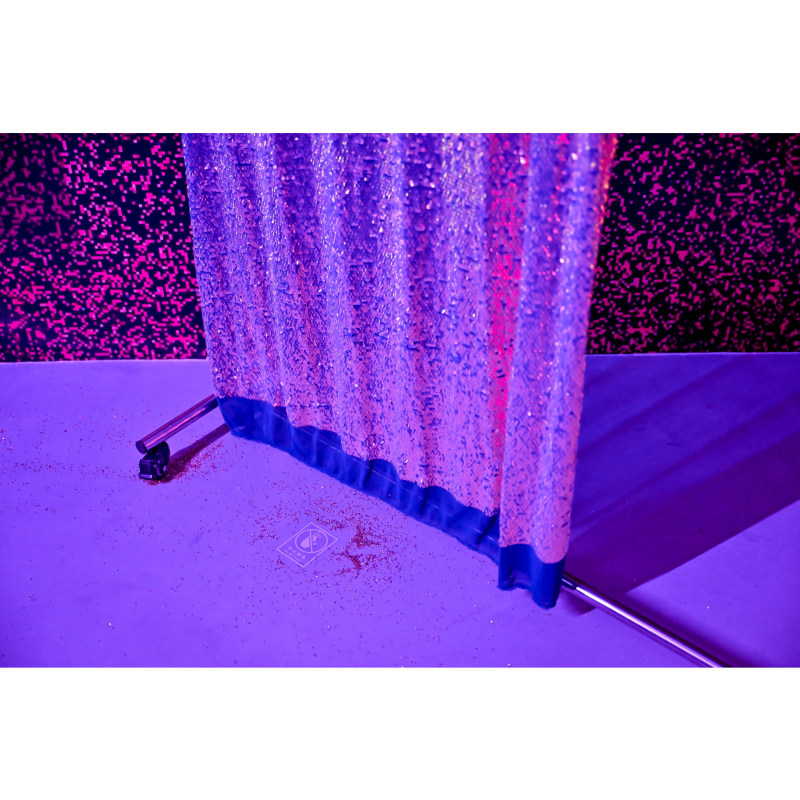




 Portrait of Li Dan
Portrait of Li Dan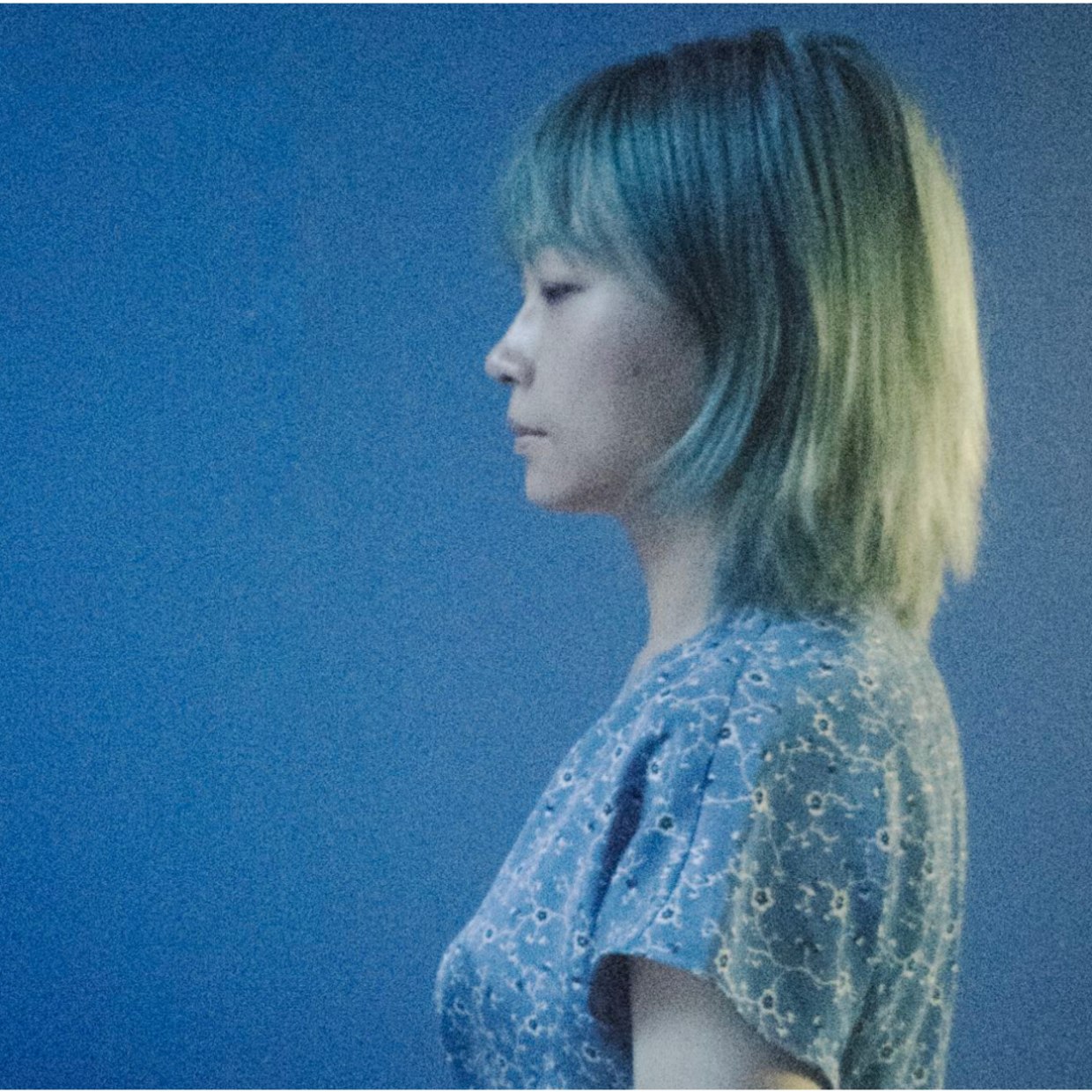 Portrait of Chen Min
Portrait of Chen Min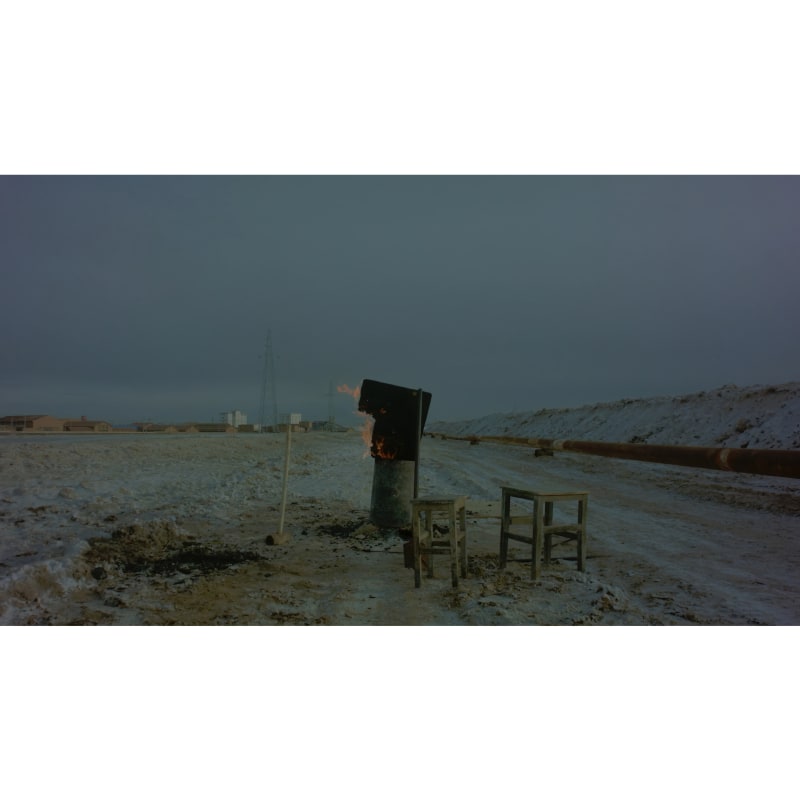 Li Dan, “More wind, noise wind I”, 2023. 2-channel video, 21 mins 07 secs. Courtesy of the artist.
Li Dan, “More wind, noise wind I”, 2023. 2-channel video, 21 mins 07 secs. Courtesy of the artist.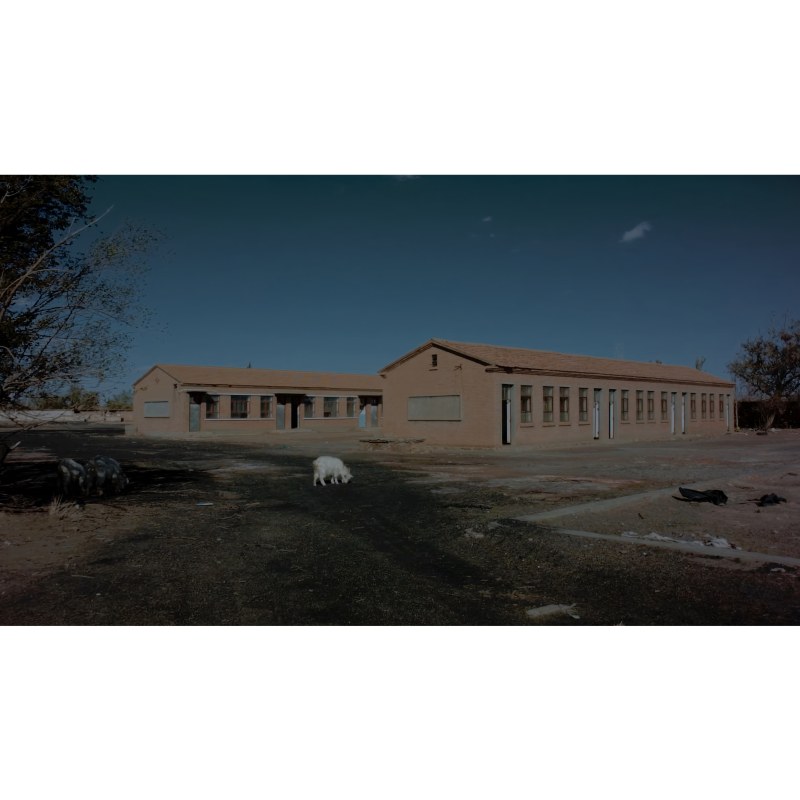 Li Dan, “More wind, noise wind I”, 2023. 2-channel video, 21 mins 07 secs. Courtesy of the artist.
Li Dan, “More wind, noise wind I”, 2023. 2-channel video, 21 mins 07 secs. Courtesy of the artist.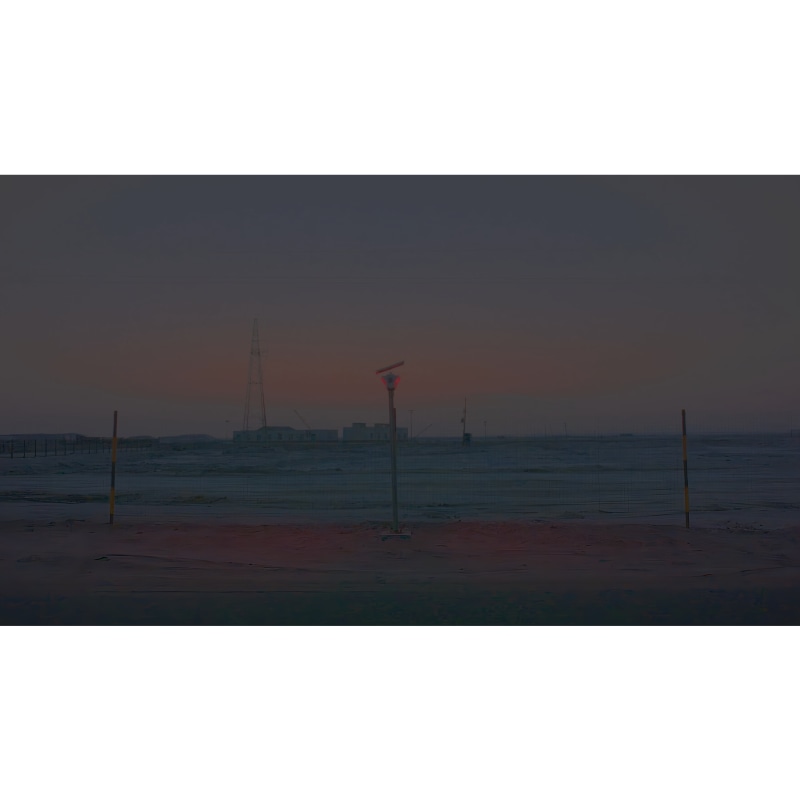 Li Dan, “More wind, noise wind I”, 2023. 2-channel video, 21 mins 07 secs. Courtesy of the artist.
Li Dan, “More wind, noise wind I”, 2023. 2-channel video, 21 mins 07 secs. Courtesy of the artist. Li Dan, “More wind, noise wind I”, 2023. 2-channel video, 21 mins 07 secs. Courtesy of the artist.
Li Dan, “More wind, noise wind I”, 2023. 2-channel video, 21 mins 07 secs. Courtesy of the artist.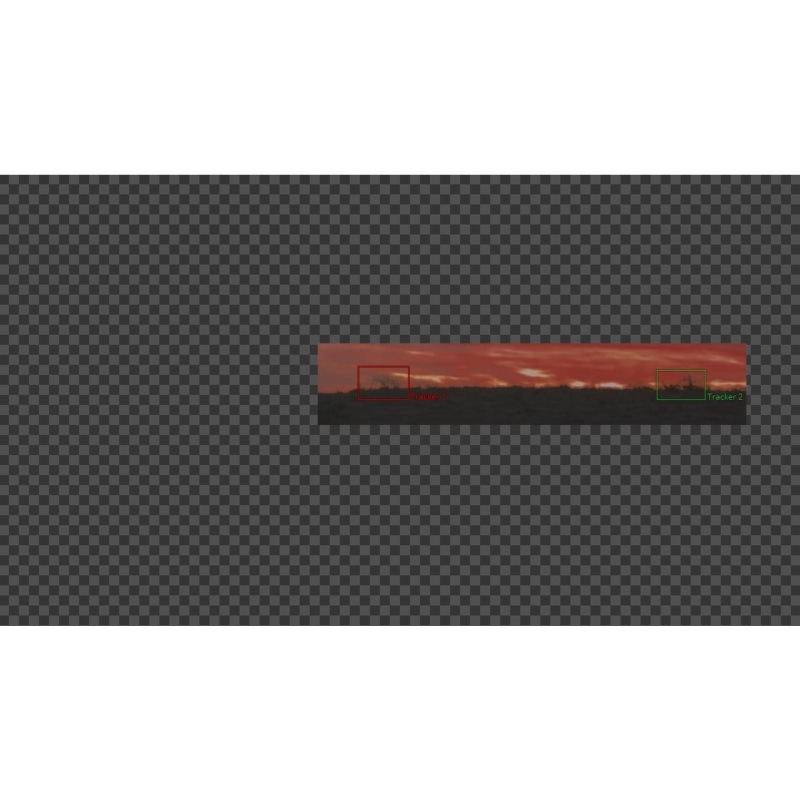 Li Dan, “More wind, noise wind I”, 2023. 2-channel video, 21 mins 07 secs. Courtesy of the artist.
Li Dan, “More wind, noise wind I”, 2023. 2-channel video, 21 mins 07 secs. Courtesy of the artist. Li Dan, “Denoise”, 2022. Single channel video, 33 mins 09 secs. Courtesy of the artist.
Li Dan, “Denoise”, 2022. Single channel video, 33 mins 09 secs. Courtesy of the artist.